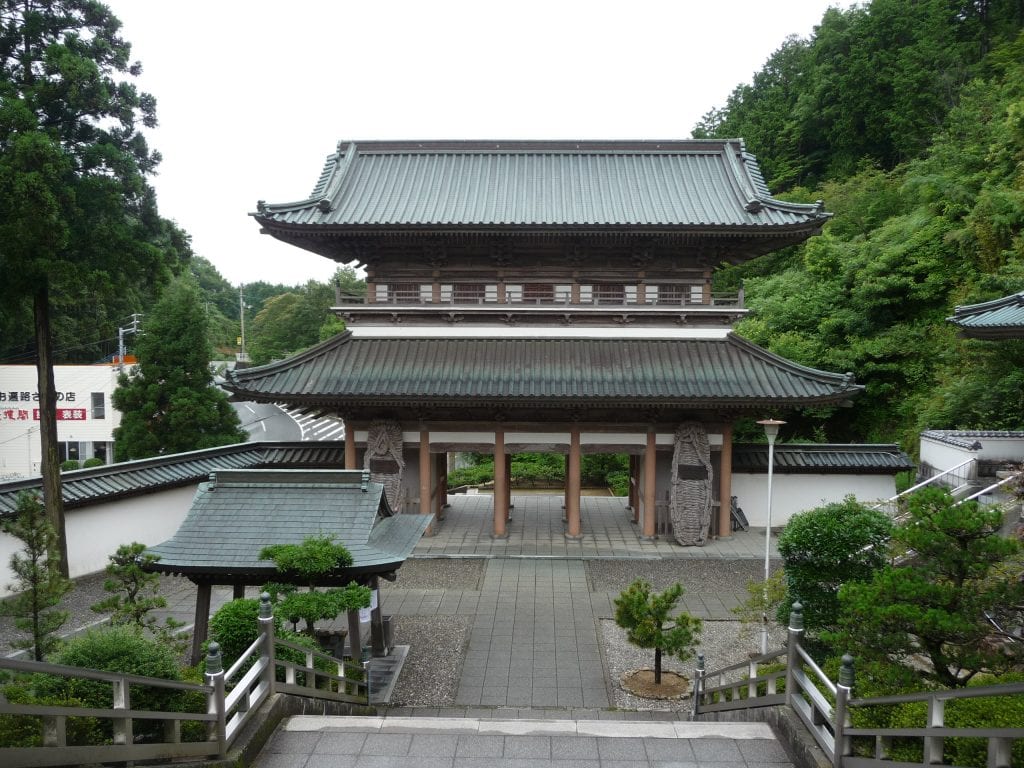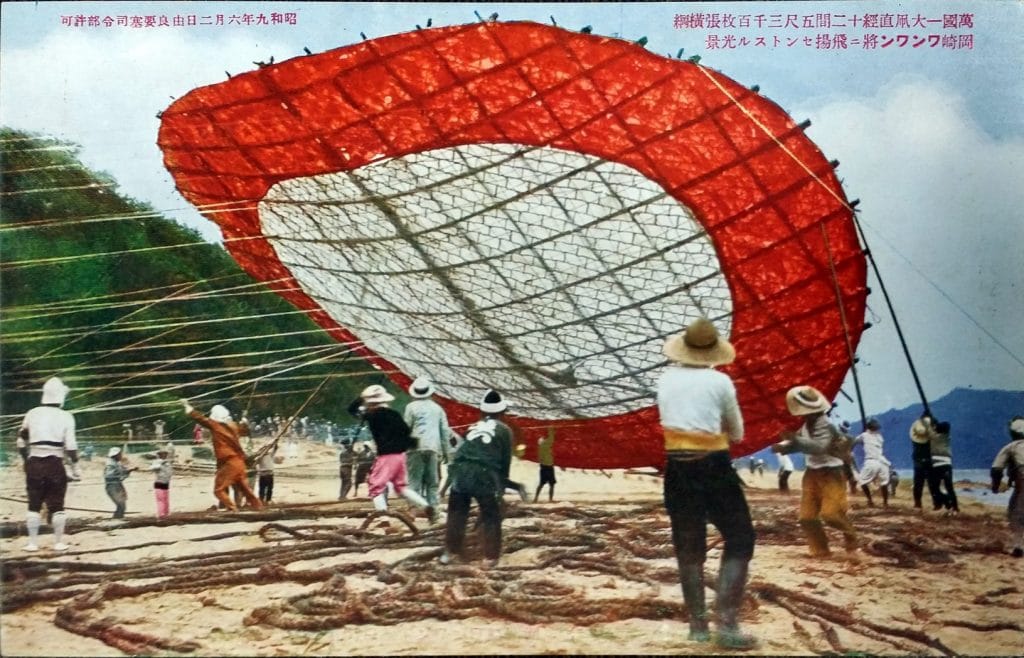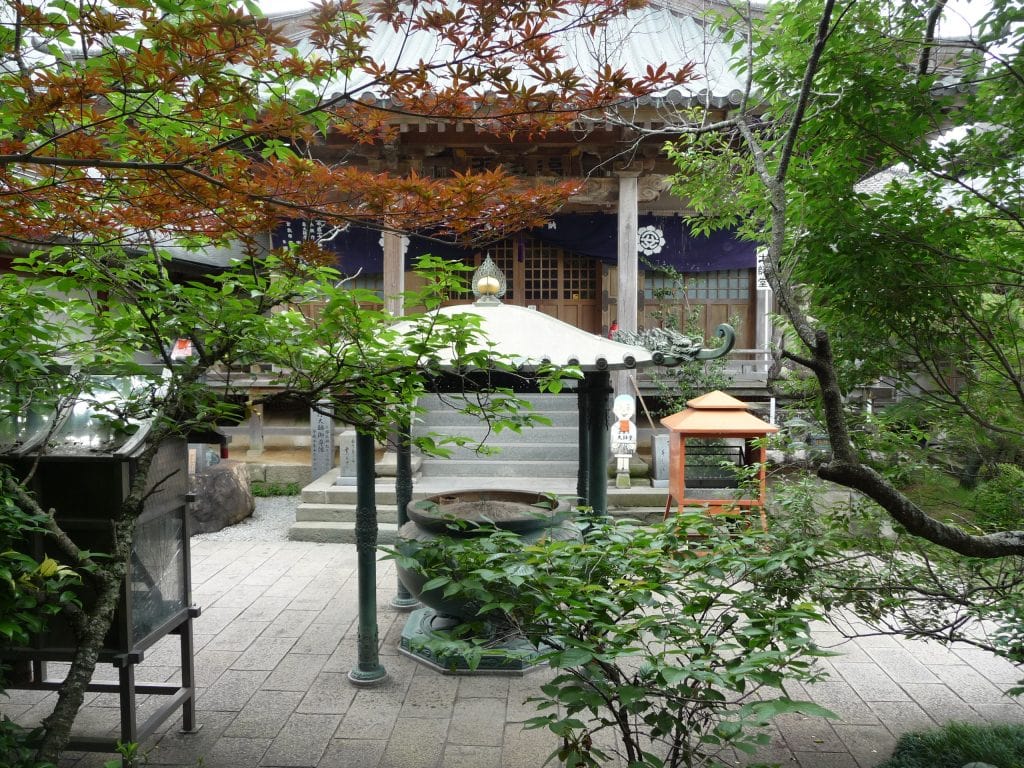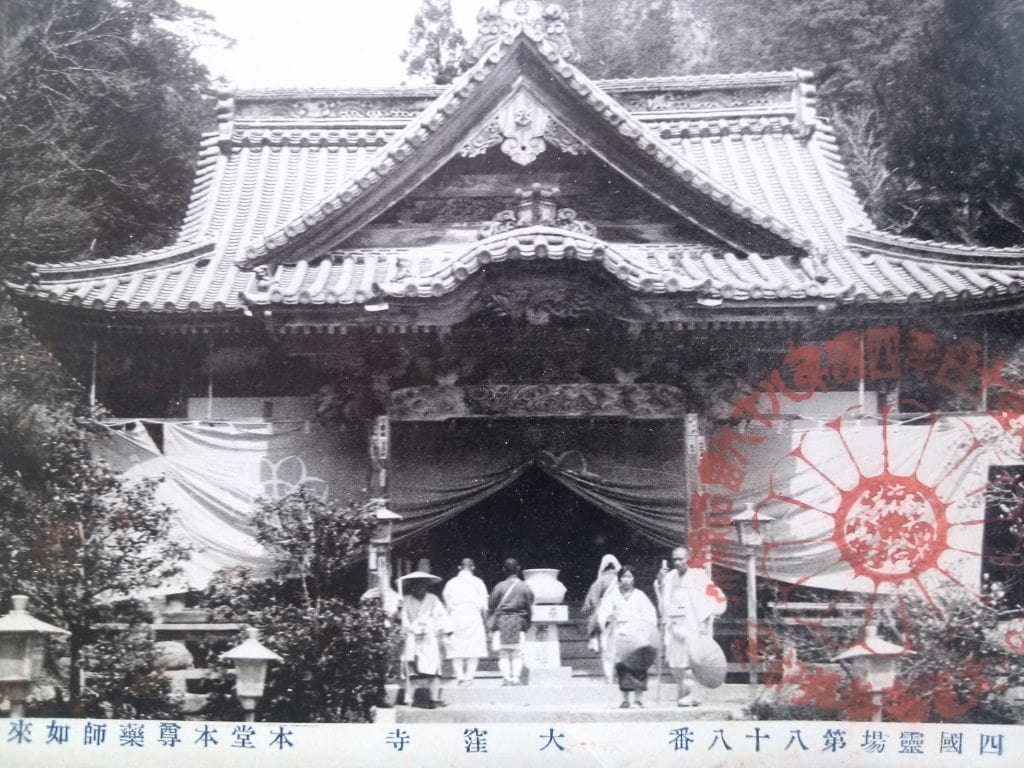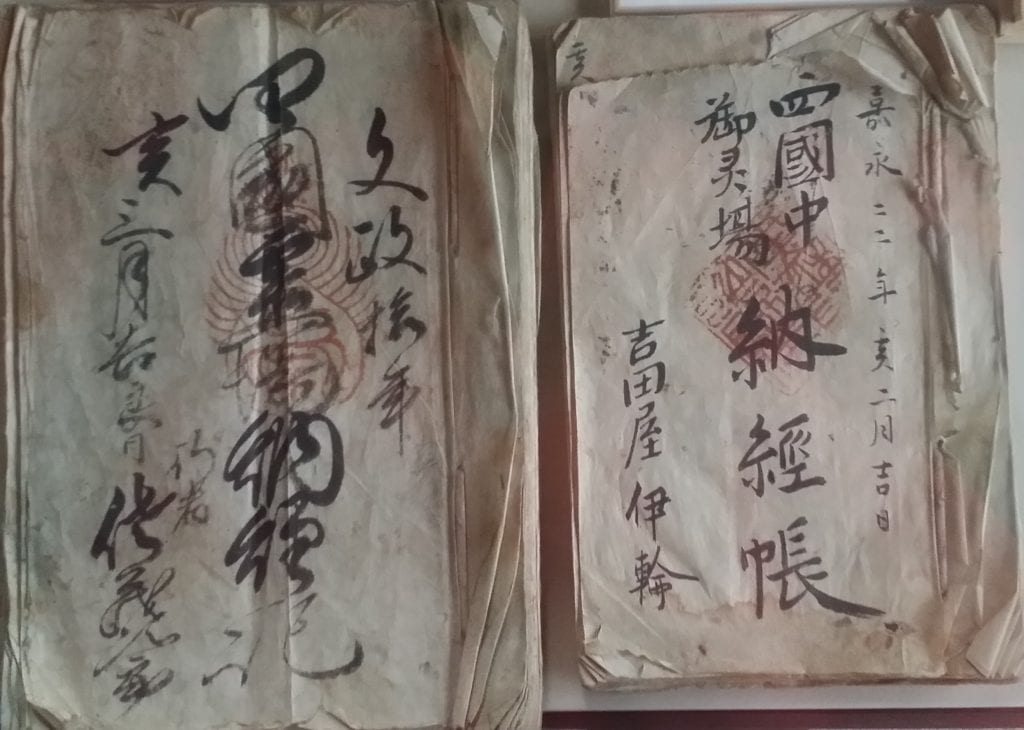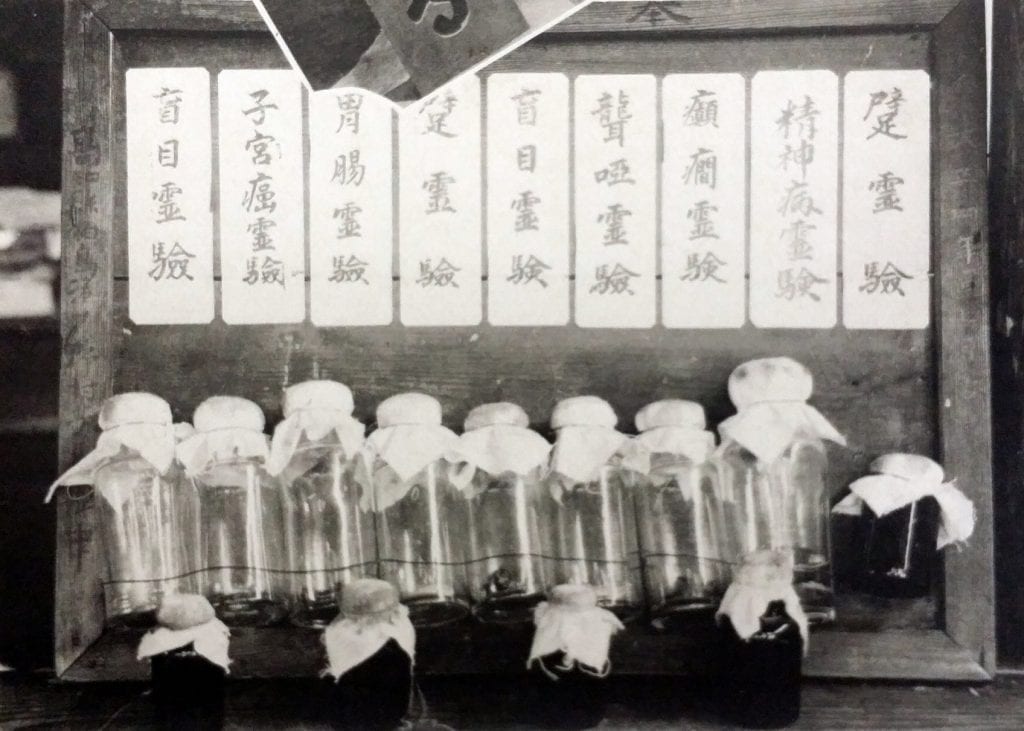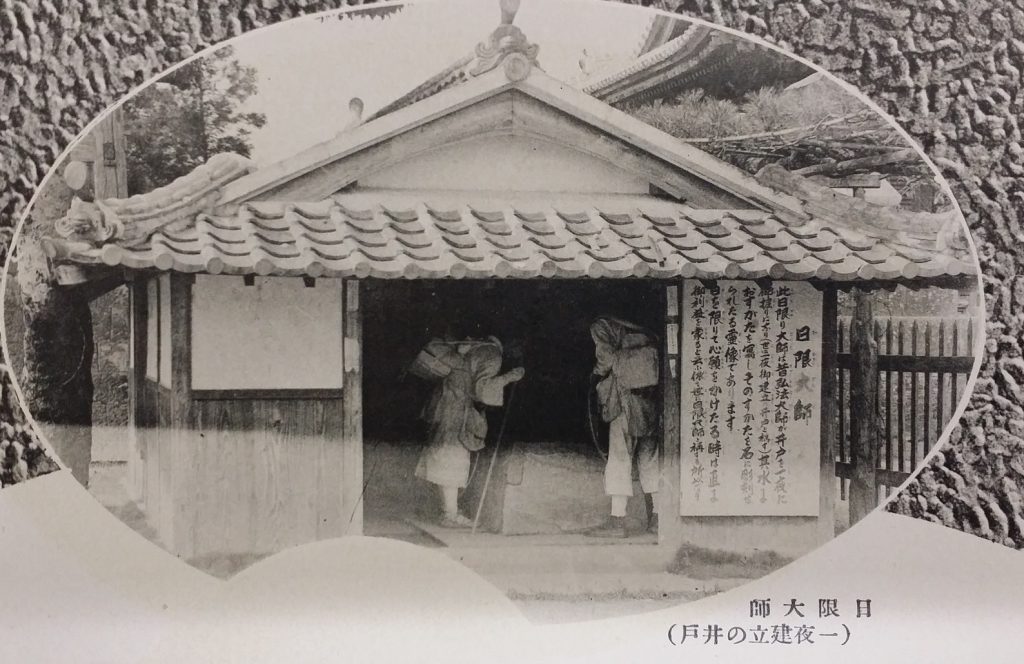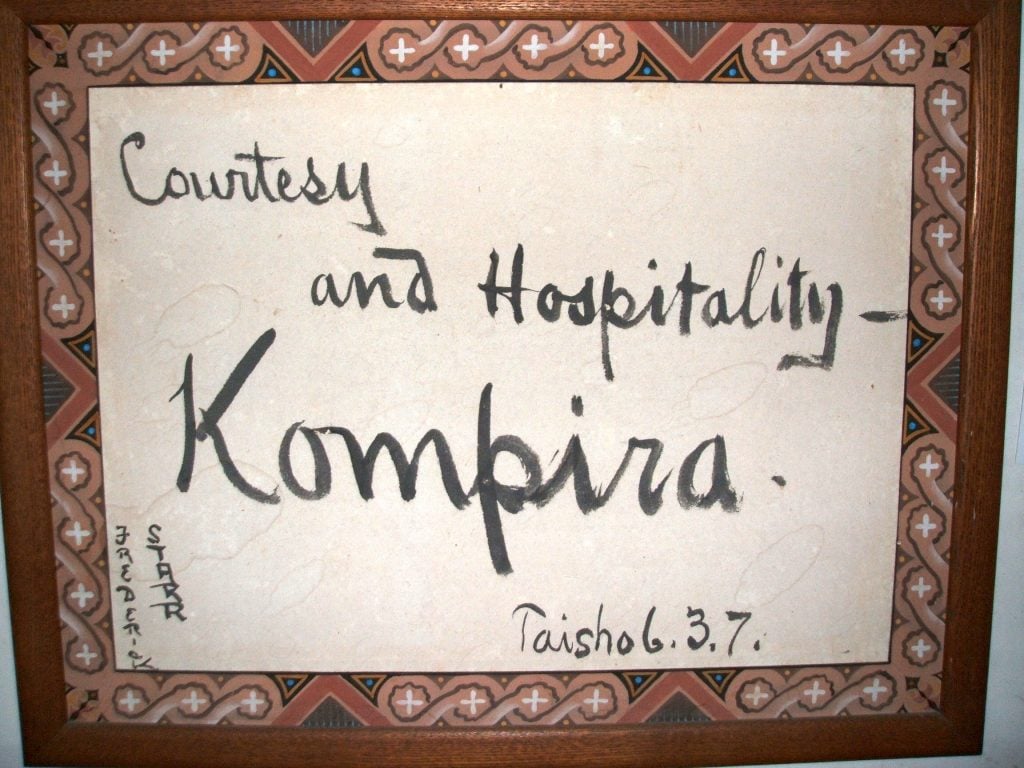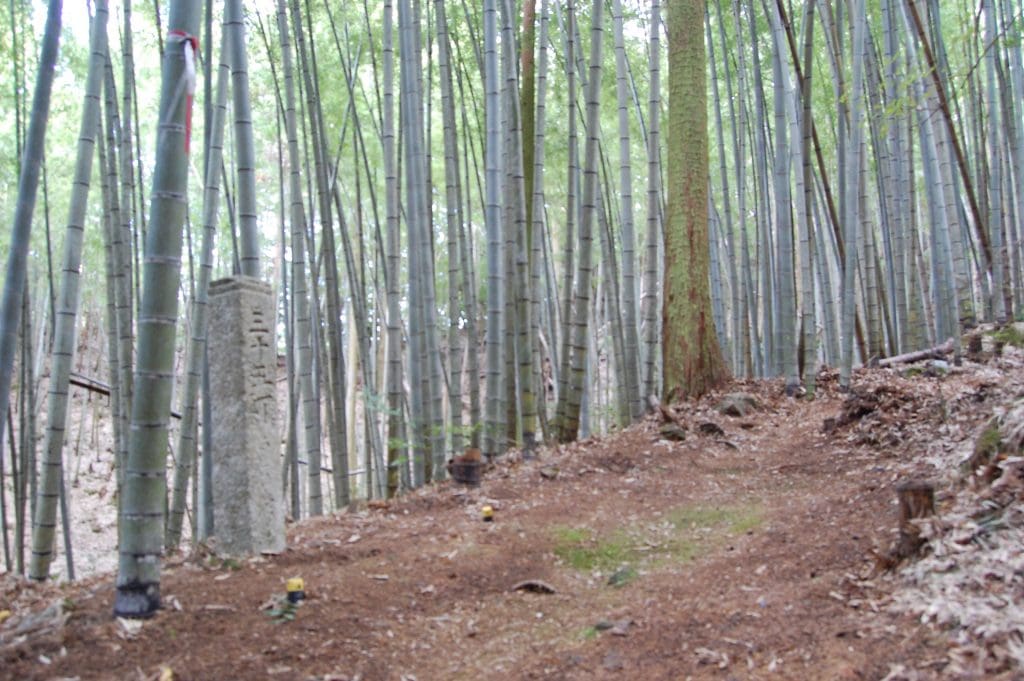Have you ever seen a pair of gigantic waraji (草鞋: straw sandals) leaning against the main gate of a Buddhist temple? Some are more than two meters tall! Who made them and why are they are there? According to some temple priests, it seems that local people, either children or adults, wove and donated them to the temple to protect the temple, to ward off evil spirits, to bring happiness, and so that people will have healthy legs and feet.
